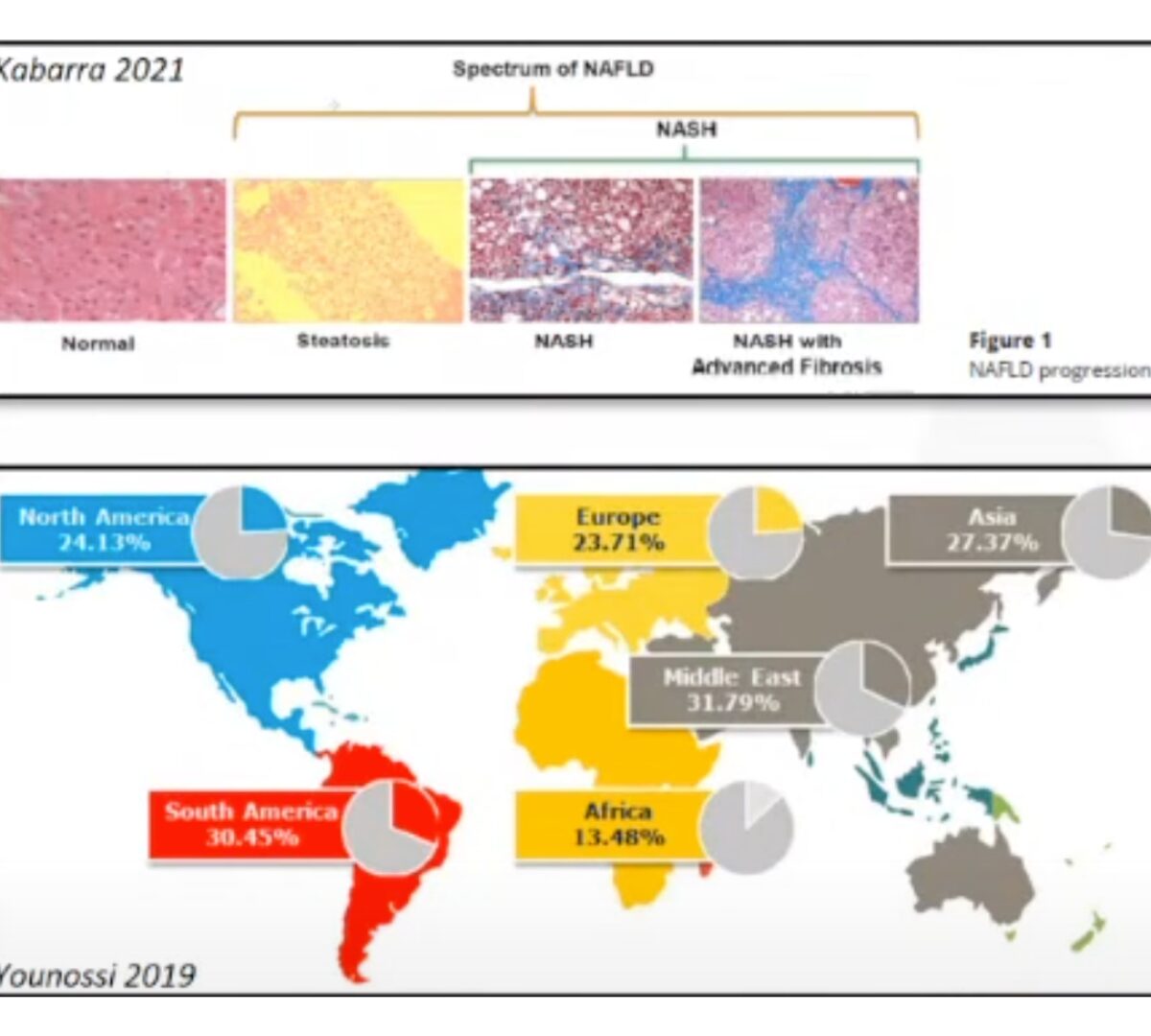Presented by Lisl Shoda at SLP MIDD+ Virtual Conference February 16th-17th, 2022
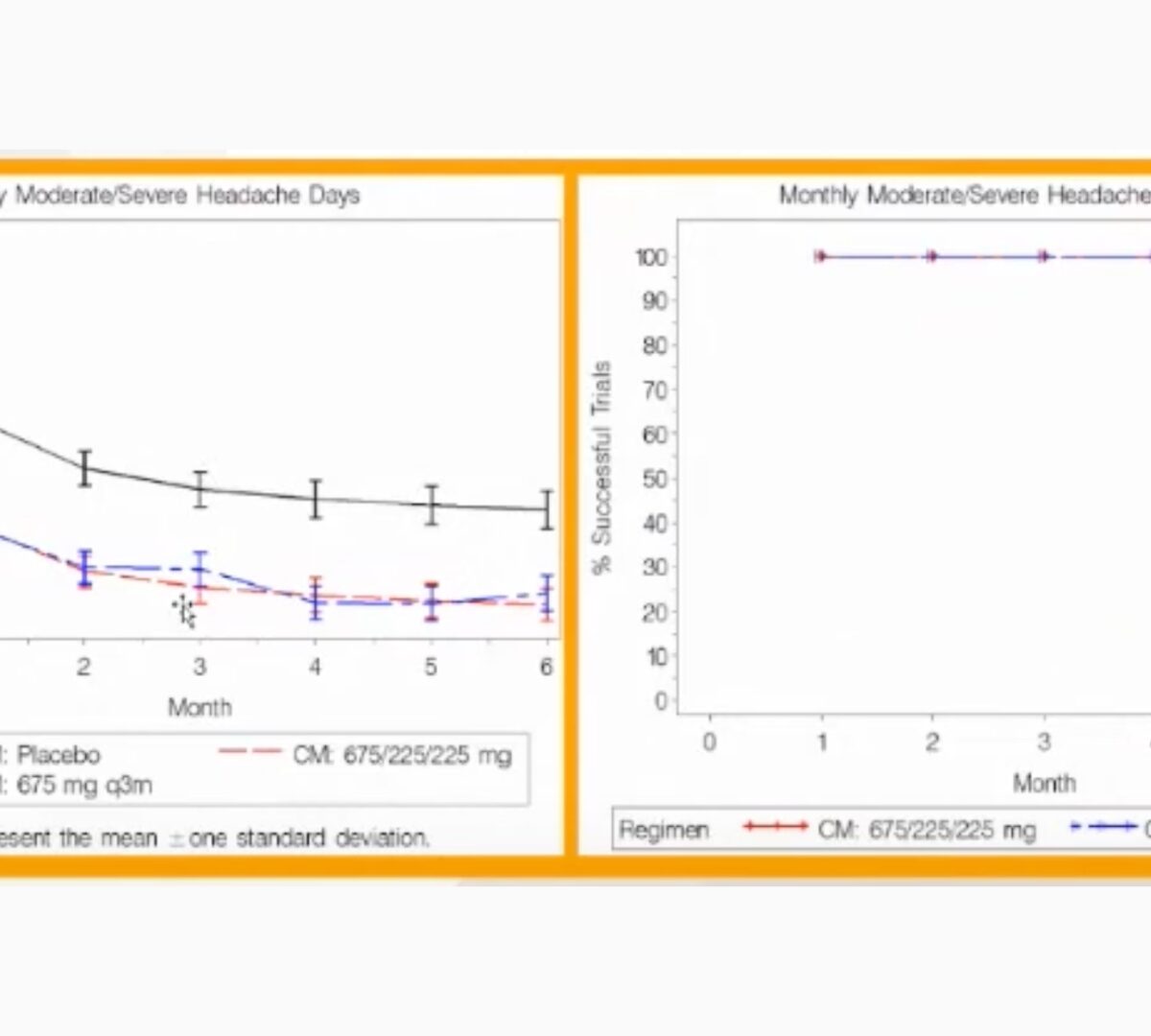
Post-Approval/Generics Track: Use of Exposure-Response Modeling to Support Regulatory Submission
Presented by Julie Passarell at SLP MIDD+ Virtual Conference February 16th-17th, 2022
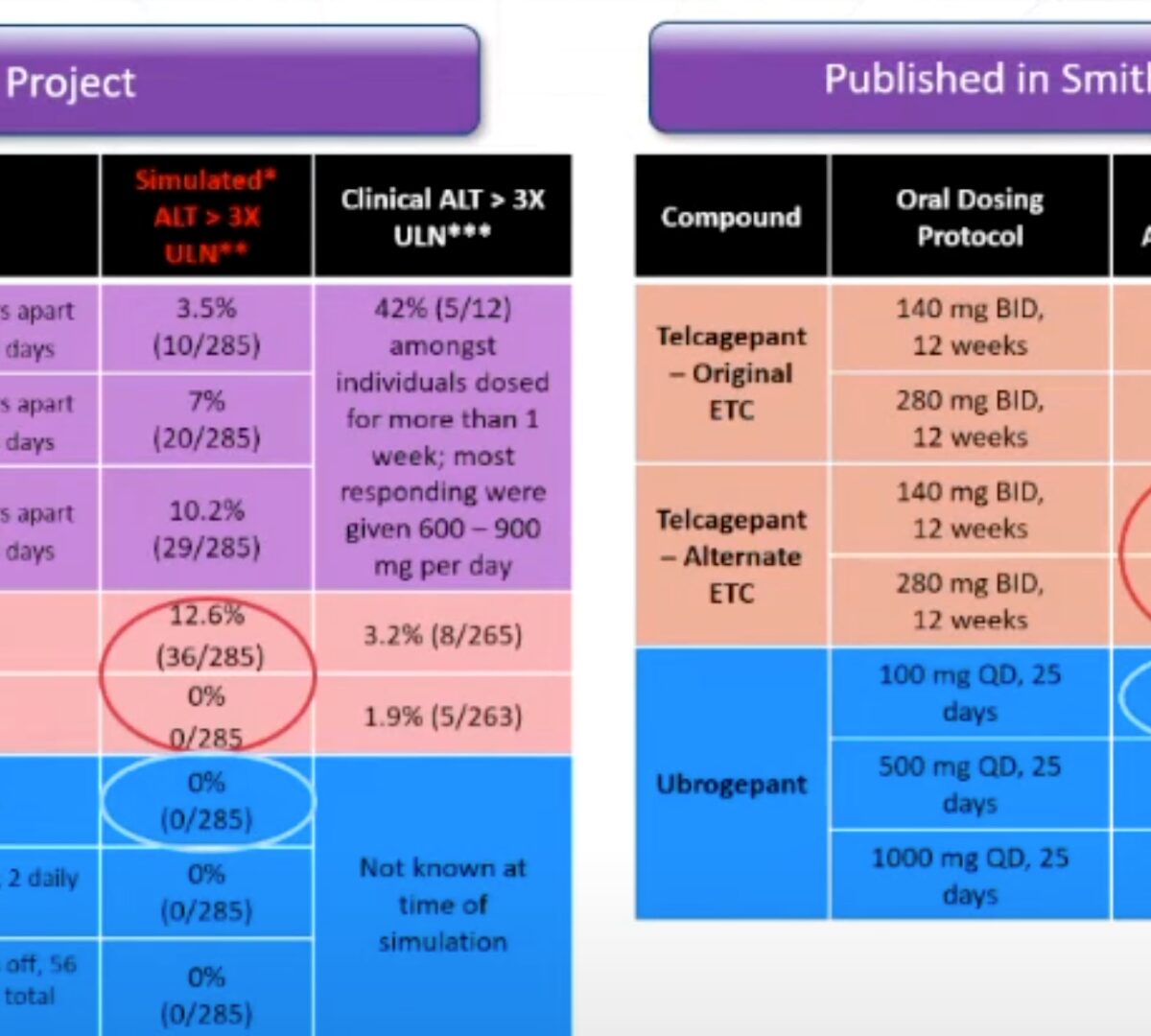
Pre-Clinical Track: Advancing Calcitonin Gene Related Peptide Receptor Antagonists Using QST Modeling to Characterize Next-in-Class Compounds Compared to the Hepatotoxic First in Class Telcagepant
Presented by Jeff Woodhead at SLP MIDD+ Virtual Conference February 16th-17th, 2022

Women in Pharmaceutical Science
Women in Science Session: Ways to Support Women in Science: Representation Matters!
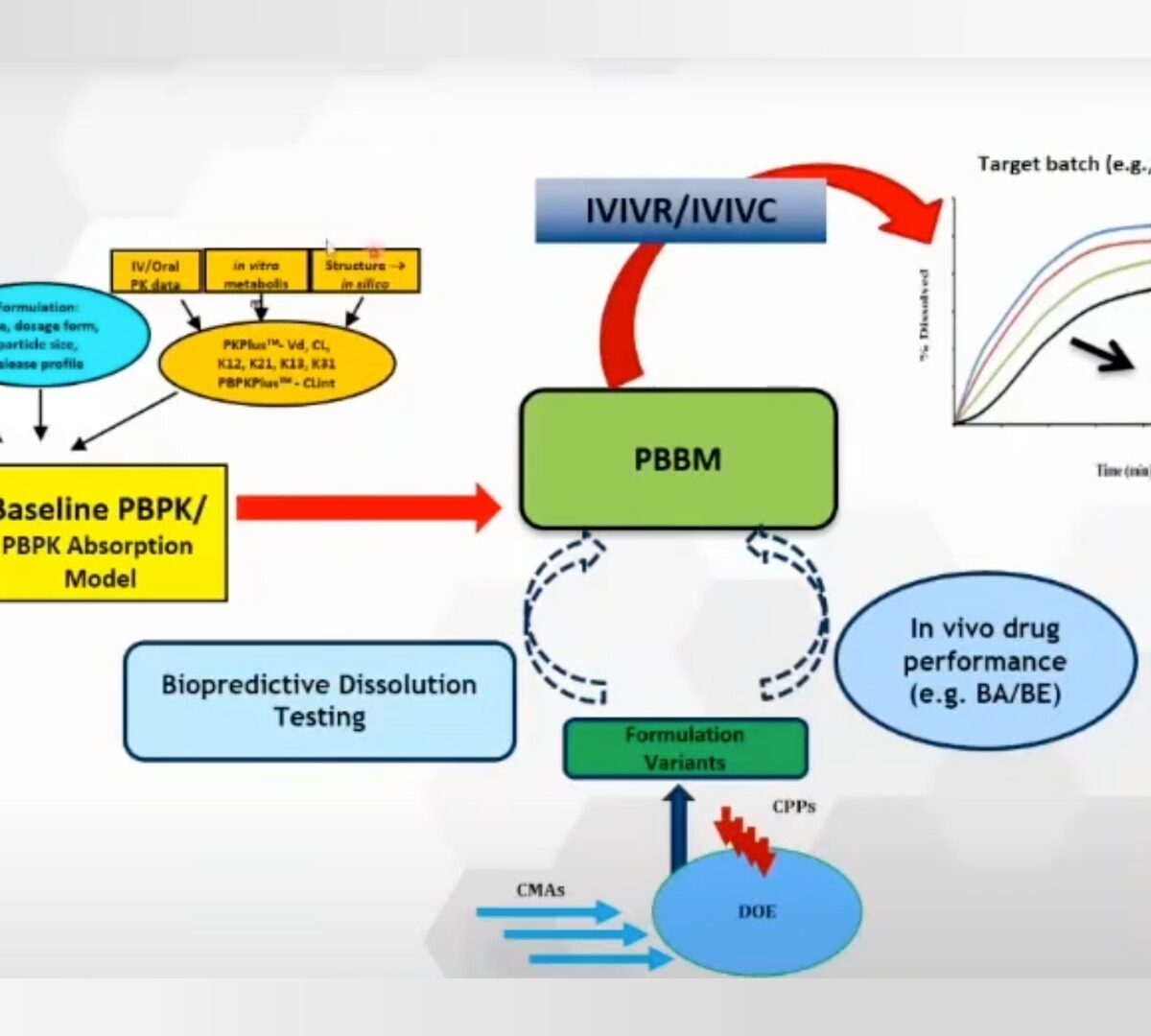
Regulatory Roundtable: Development and validation of PBBM/safe space from the regulatory perspective, a panel discussion
This year we are happy to bring to you a hot topic suggested by last year's attendees. A regulatory roundtable on the Development and validation of PBBM and Safe Space from the regulatory perspective, is a one-hour panel discussion hosted by Sandra Suarez-Sharp and speakers from several regulatory agencies.
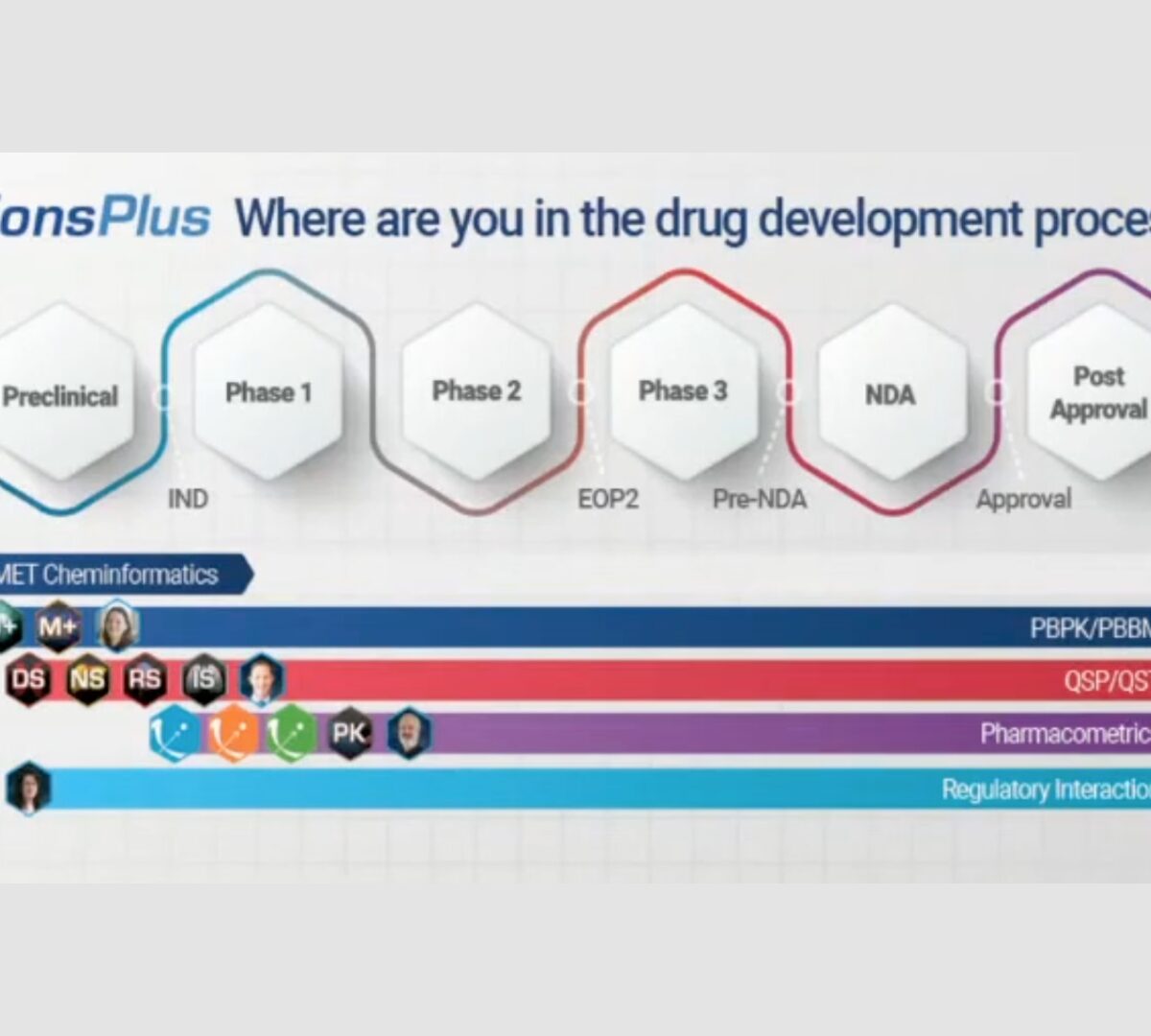
Partner Solutions Concierge Program – Taking our Partnership to a Strategic Level
Presented by Josh Fohey at SLP MIDD+ Virtual Conference February 16th-17th, 2022

Pre-Clinical Track: Pushing the Boundaries Beyond – NextGen Session Panel Discussion and Live Q&A
Live Q&A with James Clary, Jeff Woodhead, Lara Clemens, Lisl Shoda, Maxime LeMerdy, Nader Hamzavi, Scott Q. Siler.
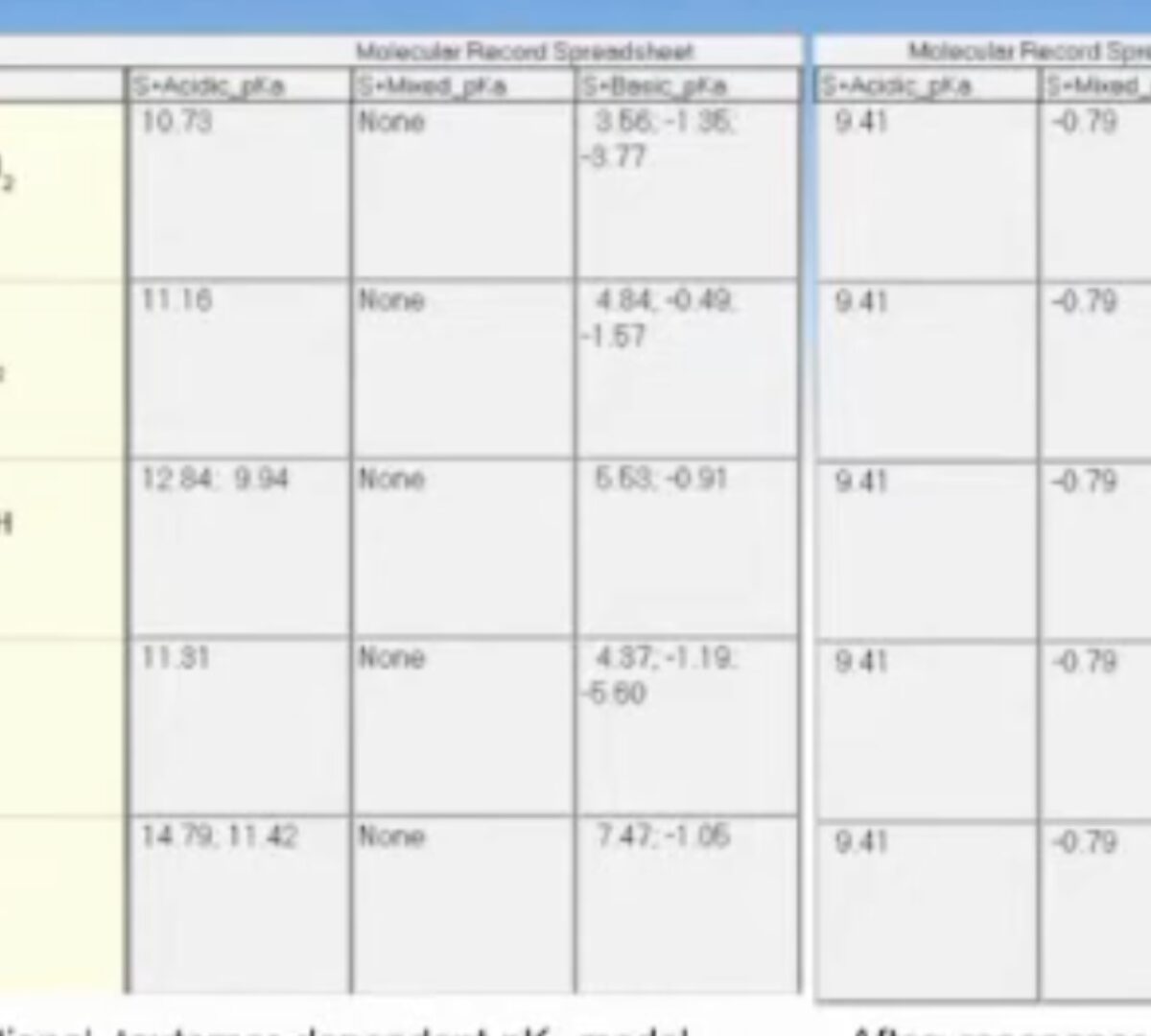
Discovery Track: Pushing the Boundaries Beyond – NextGen Session Panel Discussion and Live Q&A
Live Q&A with David Miller, Marvin Waldman, Michael Lawless, Pankaj R. Daga, Phyo Phyo Kyaw Zin, and Robert Fraczkiewicz.
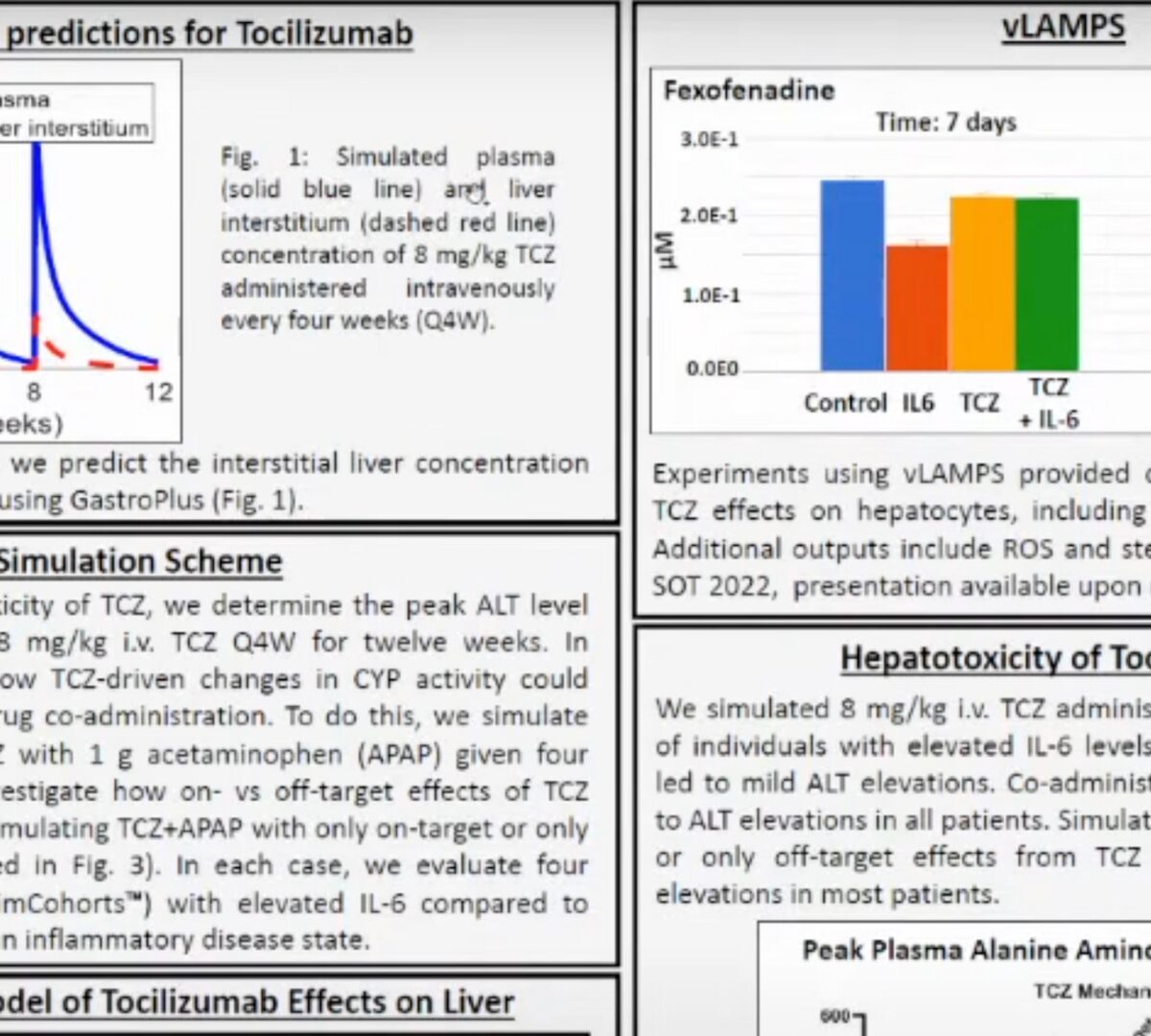
Pre-Clinical Track Poster Presentation: Simulations using BIOLOGXsym demonstrate hepatotoxic potential of Tocilizumab through both on- and off-target effects
Presented by Lara Clemens at SLP MIDD+ Virtual Conference February 16th-17th, 2022
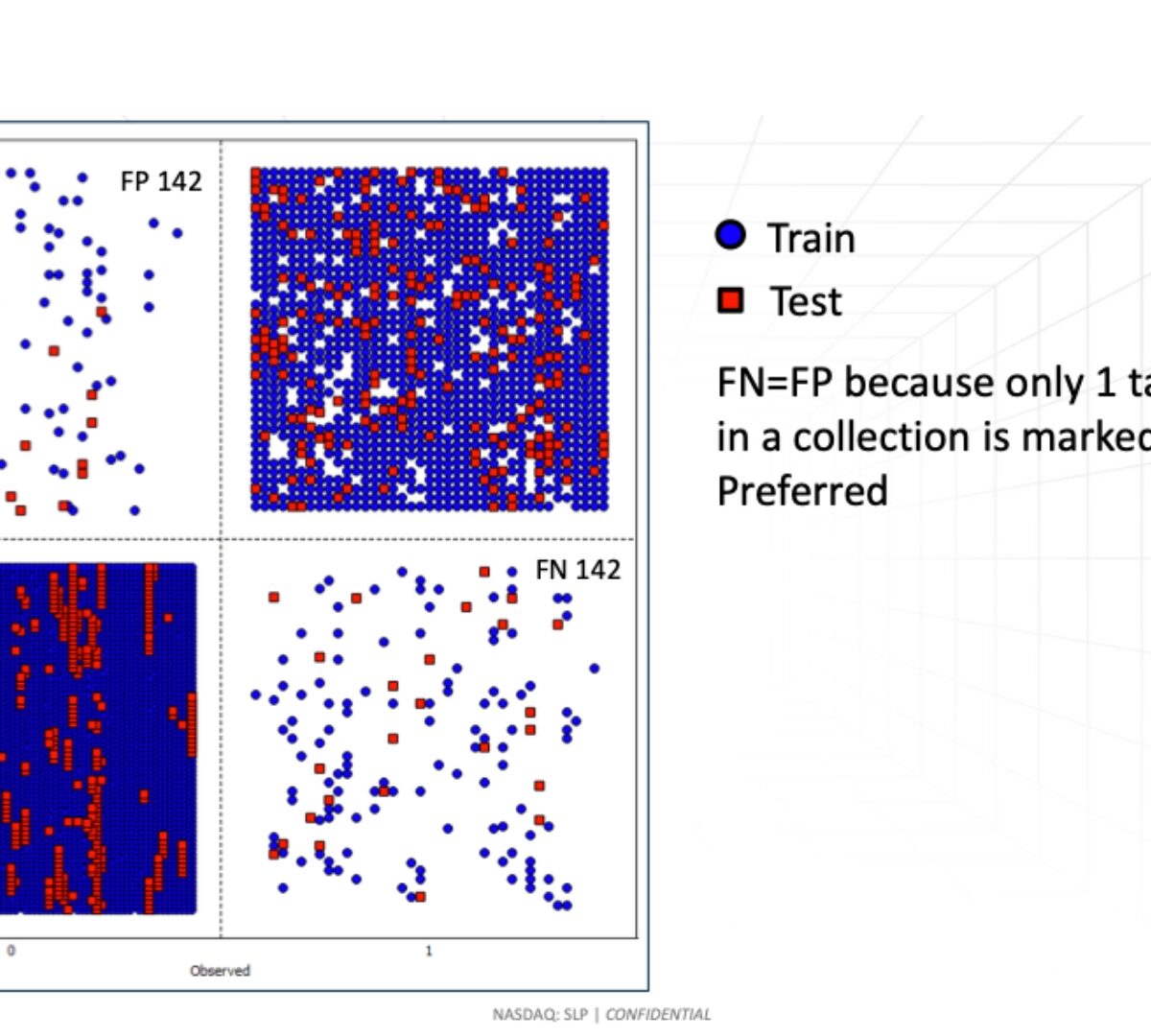
Discovery Track Poster Presentation: Modeling tautomer preference
Presented by Marvin Waldman at SLP MIDD+ Virtual Conference February 16th-17th, 2022

Pre-Clinical Track Poster Presentation: QST Modeling of Drug Induced Acute Proximal Tubule Epithelial Cell Injury and Associated Renal Hemodynamic Responses
Presented by Nader Hamzavi at SLP MIDD+ Virtual Conference February 16th-17th, 2022

Discovery Track: How we leverage automation for data mining, preprocessing & curation
Presented by Phyo Phyo Kyaw Zin at SLP MIDD+ Virtual Conference February 16th-17th, 2022

Pre-Clinical Track: Ophthalmic clinical pharmacokinetic/pharmacodynamic prediction using PBPK model validated against preclinical datasets
Presented by Maxime LeMerdy at SLP MIDD+ Virtual Conference February 16th-17th, 2022

Discovery Track: AIDD with external models
Presented by Michael Lawless at SLP MIDD+ Virtual Conference February 16th-17th, 2022

Pre-Clinical Track: Translational Modeling of Relapsing Mouse Models to Inform Regimen Selection in Tuberculosis
Presented by James Clary at SLP MIDD+ Virtual Conference February 16th-17th, 2022

Discovery Track: Modeling CYP sites of metabolism in ADMET™ Predictor
Presented by Pankaj R. Daga at SLP MIDD+ Virtual Conference February 16th-17th, 2022

Simulations Plus University+ Program
The University+ program offers one-year access to Simulations Plus software to students and educators at accredited universities worldwide. Learn more from Divisional President, John DiBella.

Discovery Track: HTPK simulations using the new REST API + platform update
Presented at SLP MIDD+ Virtual Conference February 16th-17th, 2022

Welcome to the 2022 MIDD+ Scientific Conference and Keynote Speaker
Welcome and Introductions hosted by Arlene Padron.

